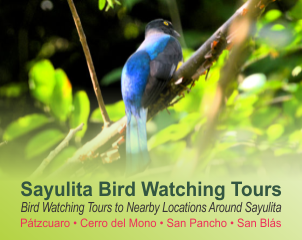
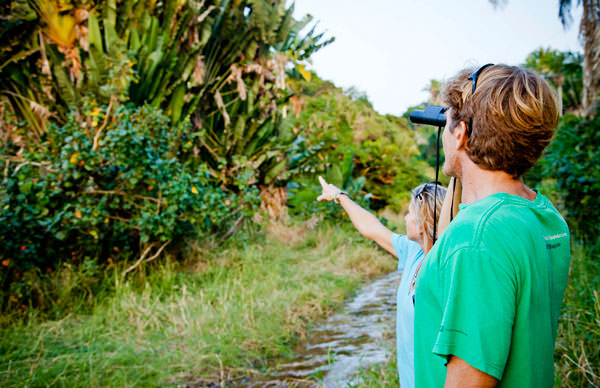
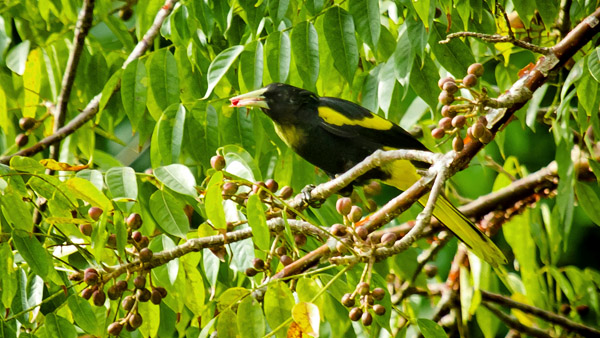
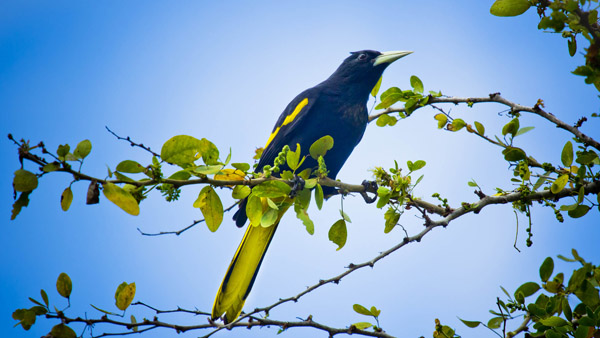
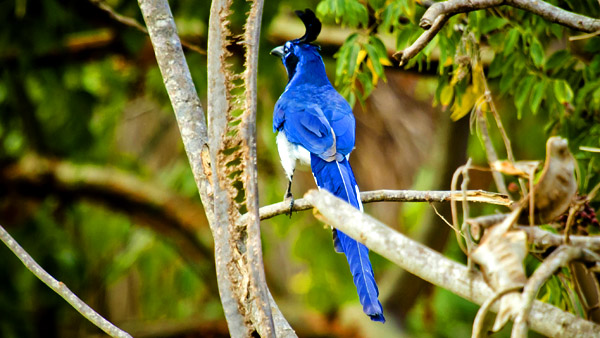
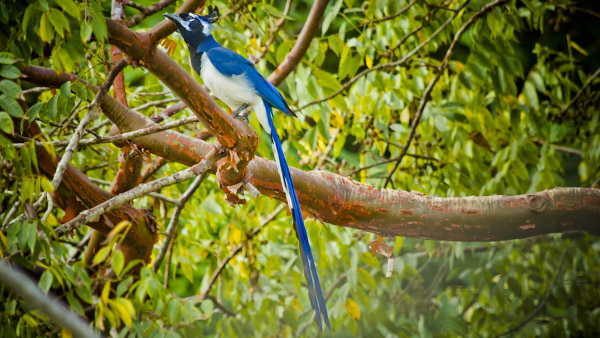
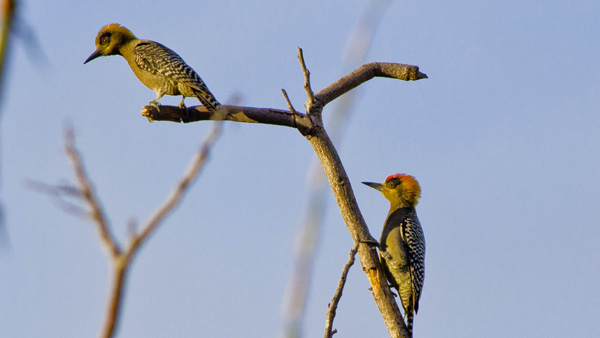
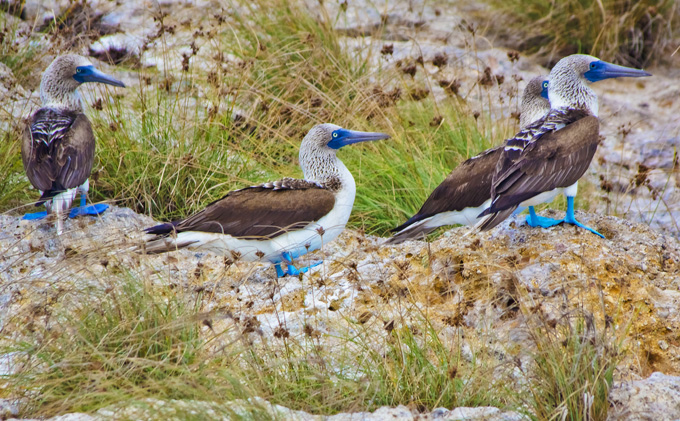
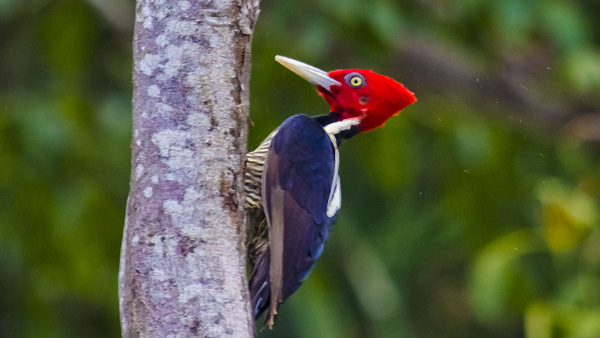
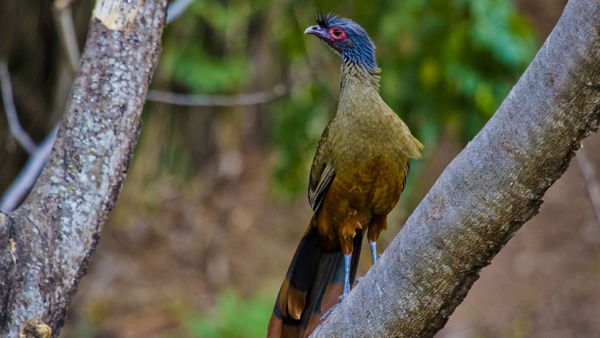
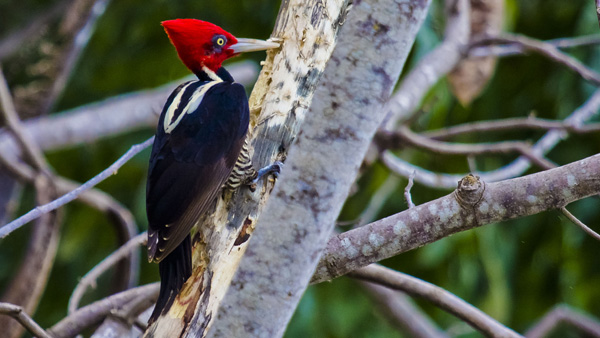
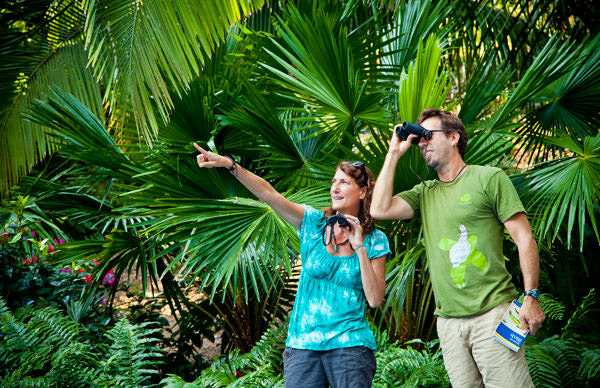
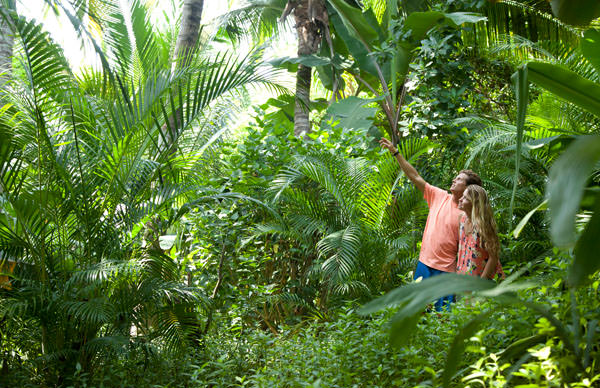
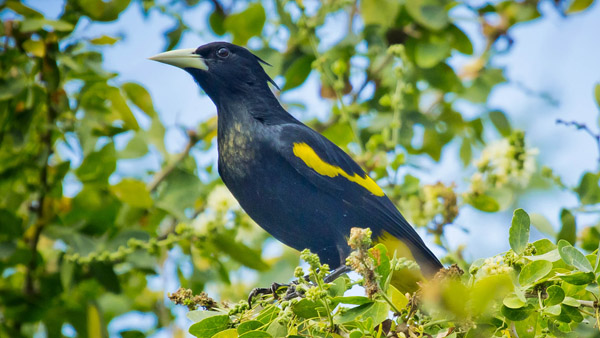
Bird watching
From the squawking gossip of chachalacas to the cries of wheeling gulls, Sayulita is full of bird song, and bird life. Flocks of bright green parakeets race through the trees, chattering madly. Long-tailed, black-throated jays flow through the air from tree to tree, tails elegantly afloat. The angular, architectural forms of frigates soar high over the sea, sculpted silhouettes against the deep blue sky. Pelicans skim the waves, one eye on the surfers, the other hunting sardines. Sandpipers skitter the waves’ edges, while herons stalk their prey in the river, ever-patient. For those who love to watch birds, Sayulita and San Pancho, its estuary overflowing with avian life, together offer a matchless destination. Local guide Luis Morales of Birding San Pancho knows the best times and places to see San Pancho’s countless bird species, among them several types of heron, roseate spoonbills, wood storks, and pygmy owls.
Birding San Pancho also offers tours up to San Blas, recognized as the best birdwatching area in Nayarit if not all of Mexico’s Pacific Coast. About a two hour drive north from Sayulita—the drive takes you through gorgeous countryside and along the seashore– San Blas sits on the coastal edge of a huge mangrove swamp, and so is absolutely rife with bird life (and bug life—don’t forget your repellant, whatever you do!!!). In the high bird season, which fortunately parallels the high tourist season—November to April–up to 300 different bird species have been sighted, including many unique to the region such as the Elegant Quail, Mexican Parrotlet, Colima Pygmy-Owl, Citreoline Trogon, Russet-crowned Motmot, Golden-cheeked Woodpecker, San Blas Jay, and Sinaloa Wren. If you’re a birder and you’re within hailing distance of San Blas, get up there. You won’t regret it.
Related articles: Humpback Whales and Blue-footed Boobies
Featured
















